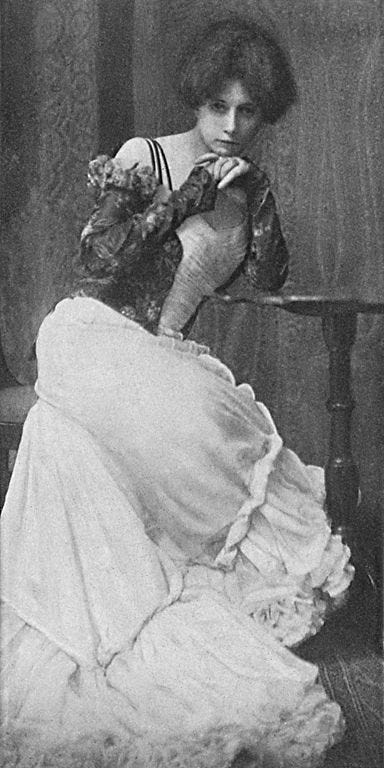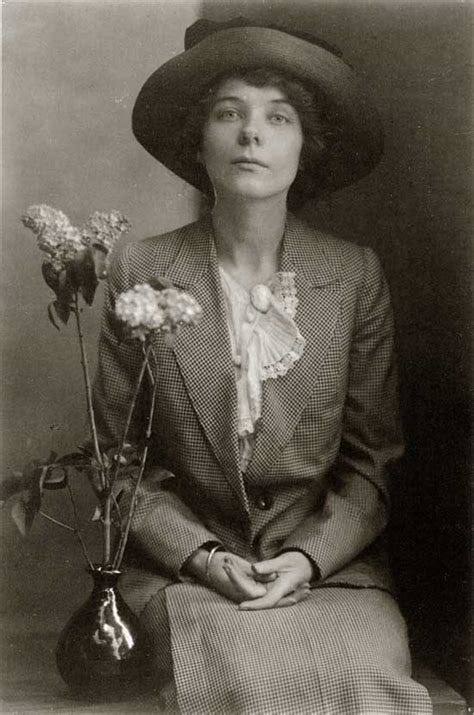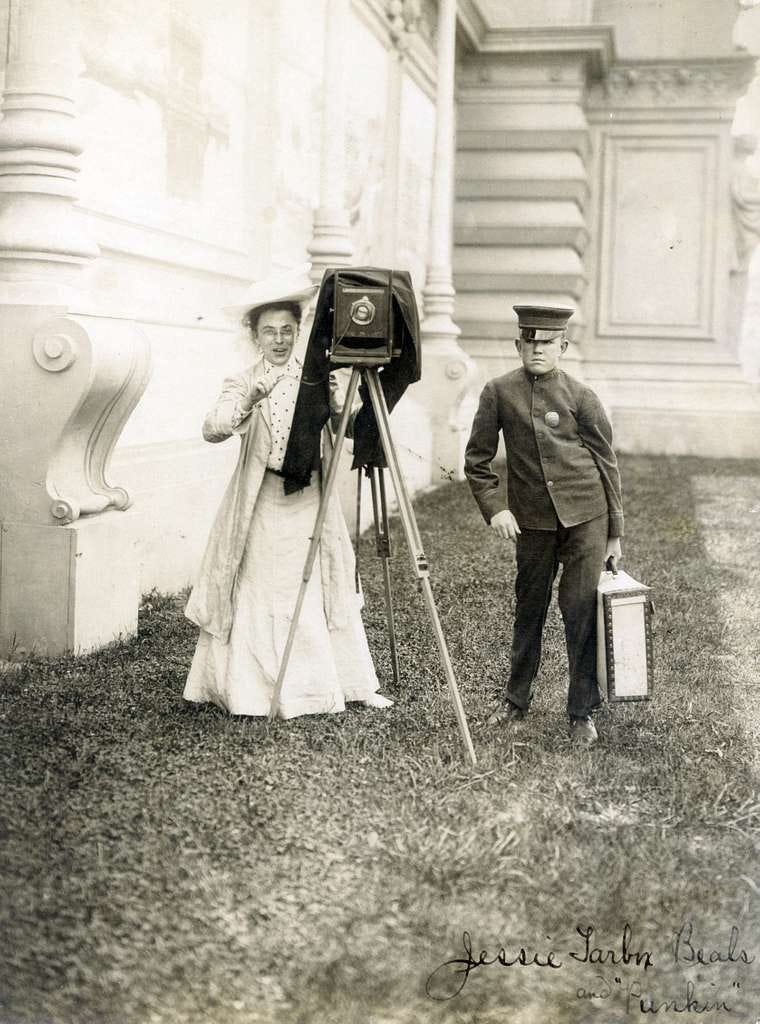Trailblazing Women Photographers of the Early 20th Century
Exploring the remarkable female photographers who captured history, art, and everyday life in a male-dominated field.
I must blame (sorry, credit!) my beautiful wife, Jenny, for helping me see the world through different eyes—at least a bit. For several years, she’s been adding books to her growing library by purchasing books written exclusively by women. As a result, I’ve been exposed to books by Alice Munro, Lisa Unger, Anne Tyler, Toni Morrison, Liane Moriarty, Iris Murdoch, and many others. That’s a good thing, learning to expand horizons.
She also plays cello in a small quartet. Last fall, they gave a small concert at Salem’s Bush House for about 30 people. The selected songs were all by female composers, most of whom most people have never heard. It was a beautiful show, and the music was gorgeous and appreciated by everyone.
Her dedication to recognizing and highlighting the art made by women is consistent and essential, and it’s helped open my eyes.
All to say that, recently, I was thinking about photographers of the early part of the 20th century and wondered about female photographers of that time in particular. I could recall three, but I had to do a little searching to get their names right:
Dorothea Lange (1895–1965)
Best known for her work documenting the Great Depression for the Farm Security Administration (FSA).
Iconic Work: Migrant Mother (1936) – One of the most famous photographs in American history, depicting a destitute mother in California:
Margaret Bourke-White (1904–1971)
A pioneering photojournalist who worked for Life magazine and was the first female war correspondent allowed to work in combat zones during WWII.
Iconic Work: Fort Peck Dam (1936) – Featured on Life magazine’s first issue cover:
Imogen Cunningham (1883–1976)
A key figure in the Group f/64, known for her sharp-focus botanical photography, industrial images, and intimate portraits.
Iconic Work: Magnolia Blossom (1925) – A striking black-and-white close-up of a flower:
Women Behind the Lens, Early 20th Century
Those may be the most iconic photographs by well-known women photographers of the era, but numerous women photographers were also discoverable if you kept digging.
The early 20th century saw tremendous change in the world of photography. As the medium became more accessible, a wave of women photographers emerged, pushing artistic and journalistic boundaries. In an era when photography was still largely dominated by men, these women carved out spaces for themselves through innovation, resilience, and a unique artistic vision. Today, their works, many of which are now in the public domain, serve as a testament to their groundbreaking contributions.
Gertrude Käsebier pioneered Pictorialist photography, using soft-focus techniques to elevate portraiture into fine art. Her ethereal images of motherhood and domestic life challenged the rigid expectations of women’s roles at the time. Likewise, Anne Brigman took an even bolder approach, photographing herself and other women in natural landscapes to create mythical and deeply personal images.
Meanwhile, Jessie Tarbox Beals broke barriers as the first female photojournalist in the U.S., documenting the bustling life of New York City and significant events such as the 1904 St. Louis World’s Fair. Her work paved the way for women in the field of press photography. Frances Benjamin Johnston also used her camera to tell compelling stories, mainly through architectural and documentary photography, chronicling African American schools in the segregated South.
Zaida Ben-Yusuf and Margrethe Mather took portraiture to new artistic heights, capturing subjects with striking modernity. Imogen Cunningham, whose early work remains influential, focused on botanical studies, nudes, and industrial photography, shifting away from the soft-focus aesthetic toward sharp realism. Doris Ulmann turned her lens toward rural America, creating an invaluable record of Appalachian and African American communities in the early 20th century.


Etheldreda Laing brought color into the equation, mastering the autochrome process to create vibrant, dreamlike images of family life. Her work remains a rare and beautiful glimpse into early color photography.
Today, these women are increasingly recognized as trailblazers who expanded the possibilities of photography. Their images continue to inspire new generations of photographers and art historians, proving that their contributions were significant in their own time and remain powerful and relevant in ours.












